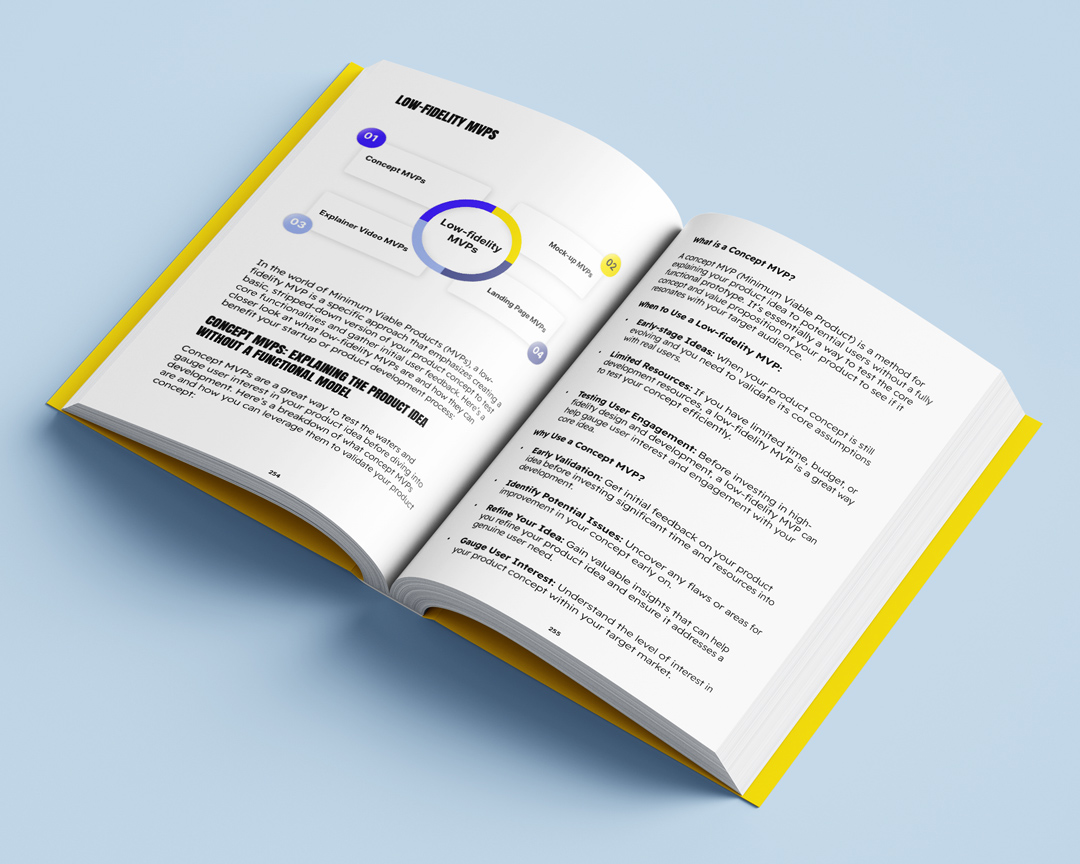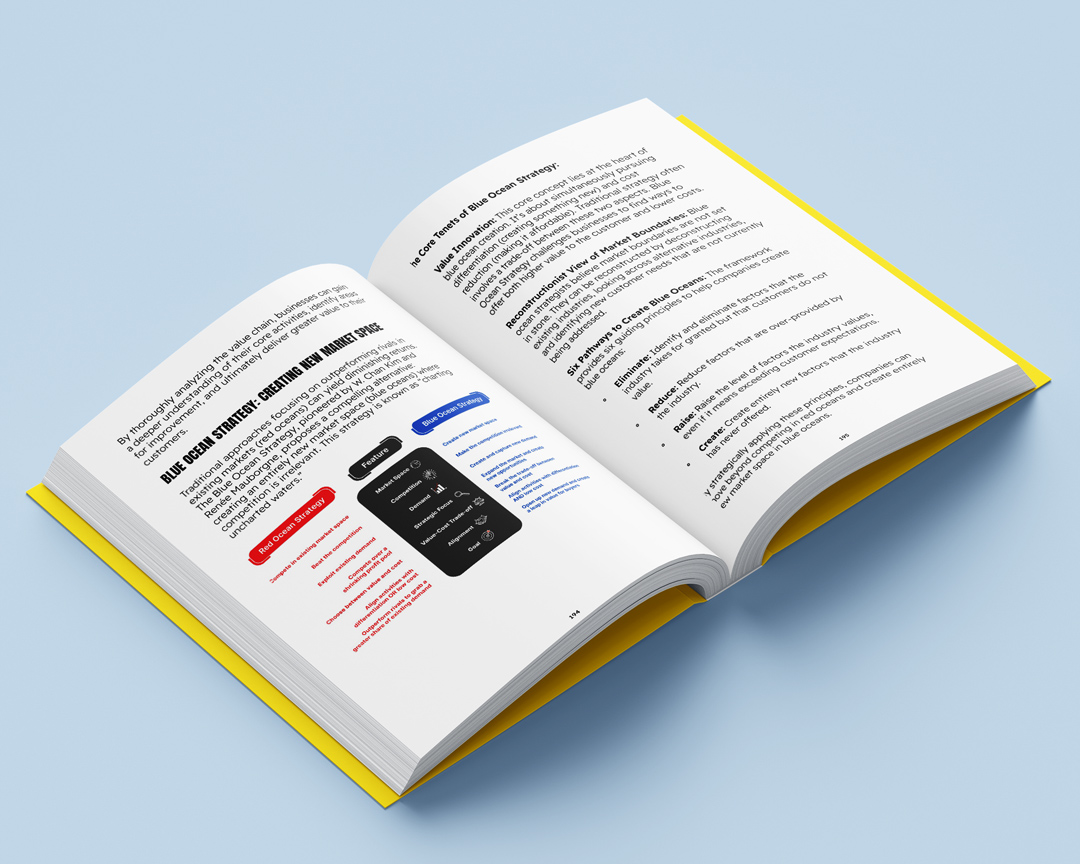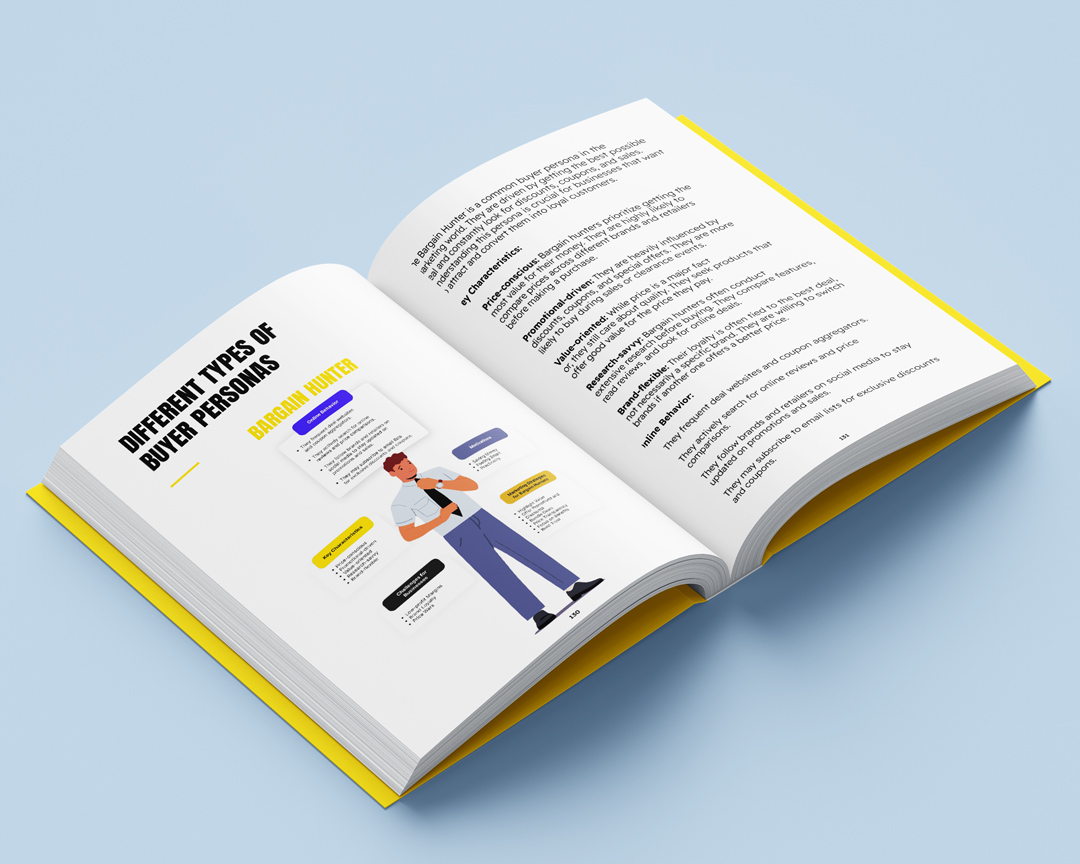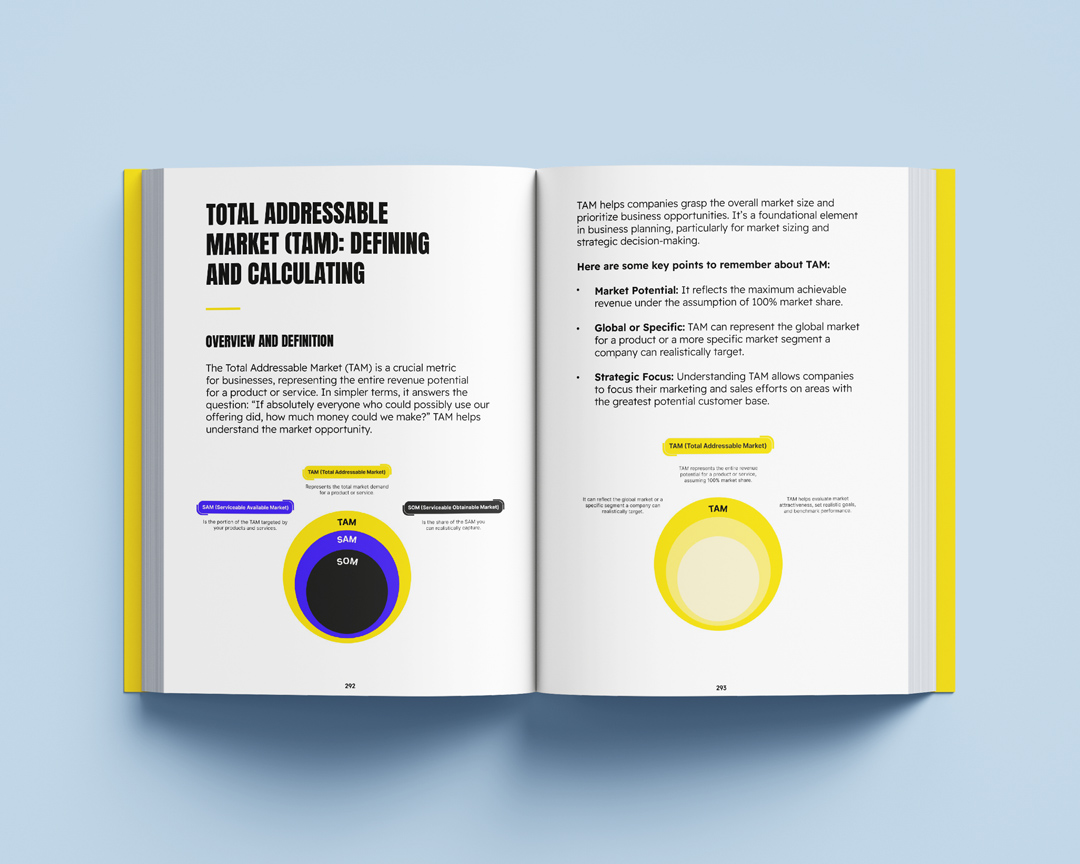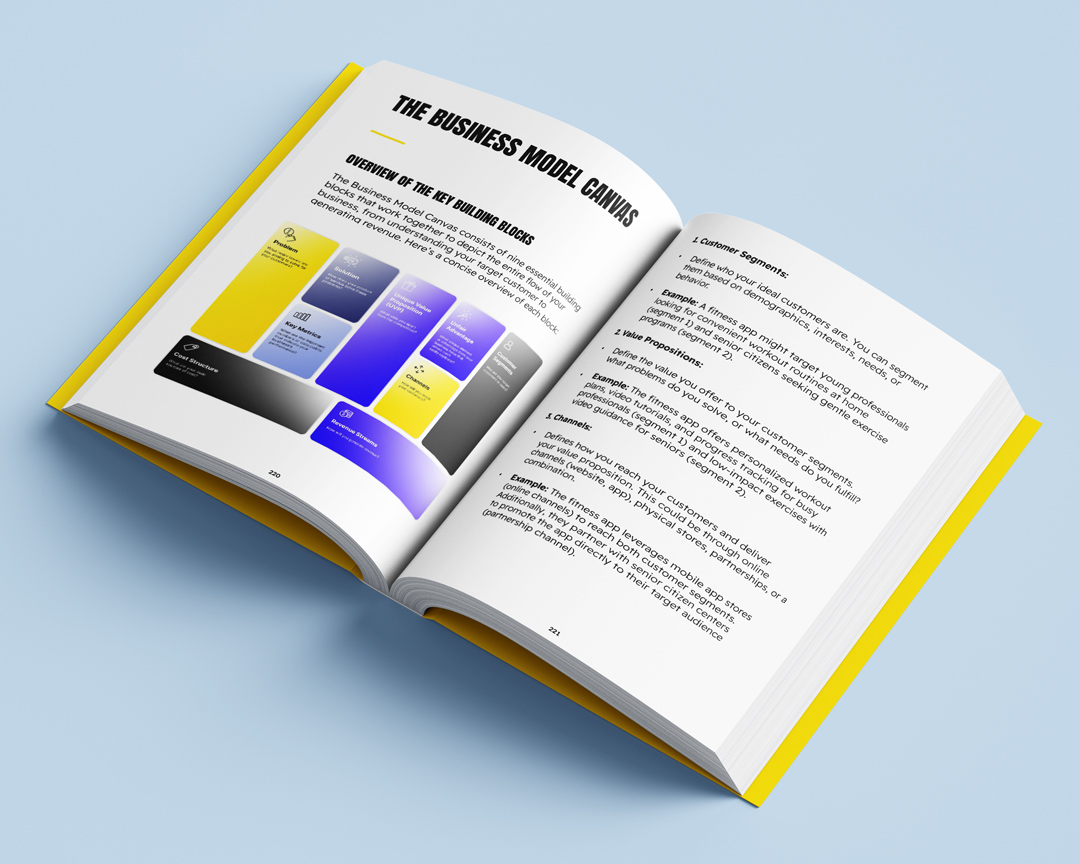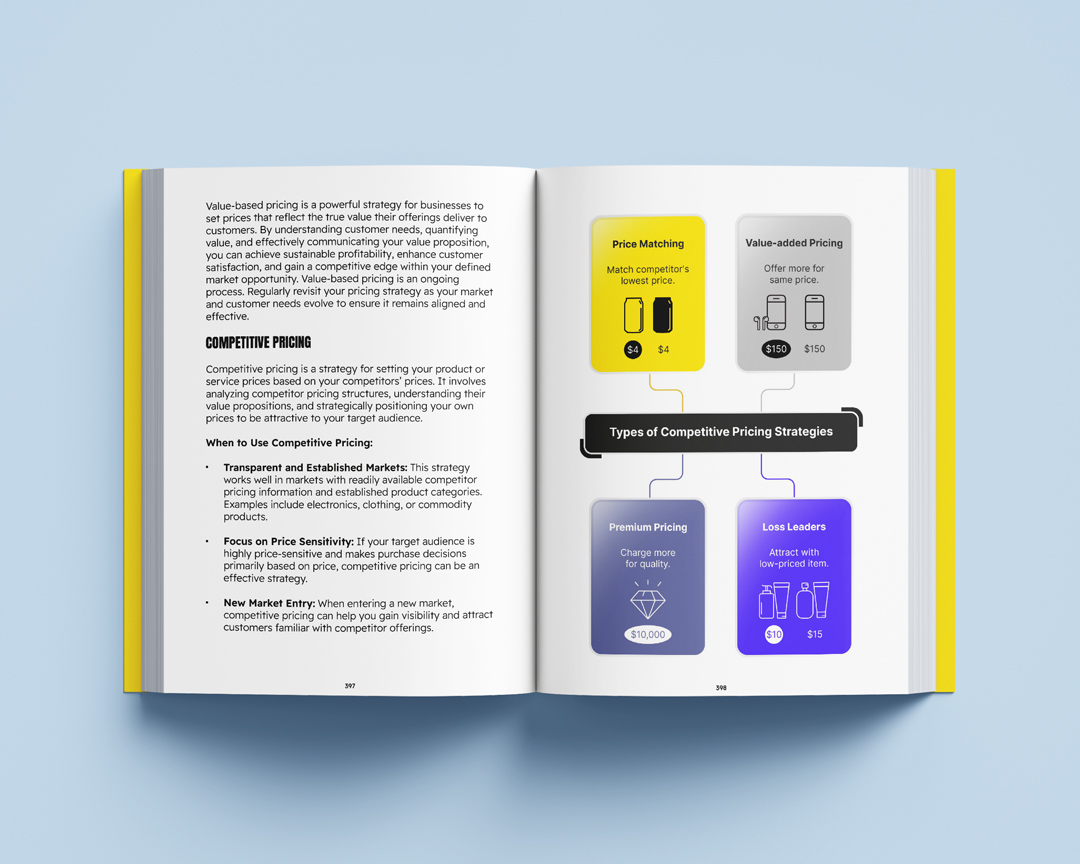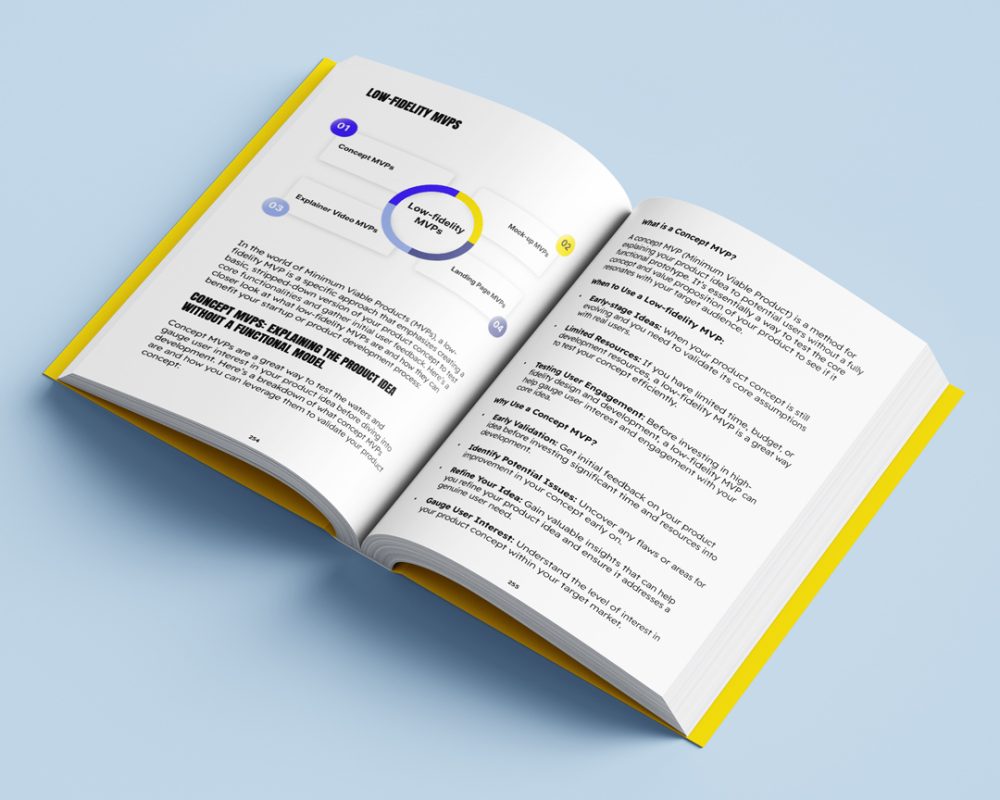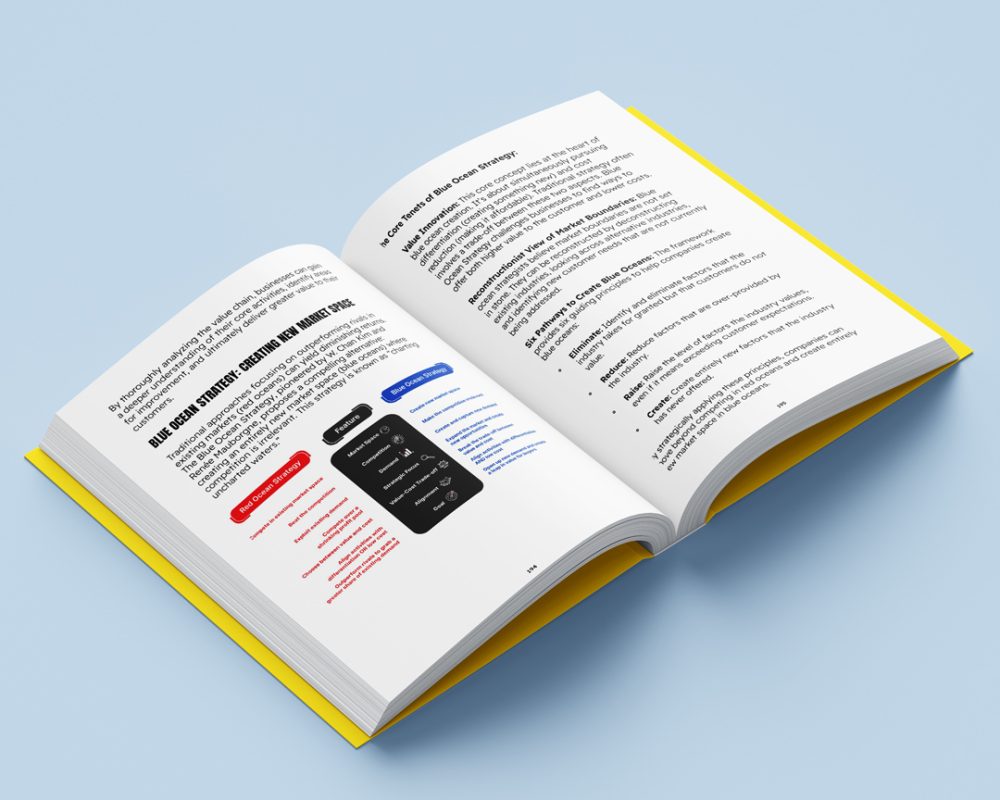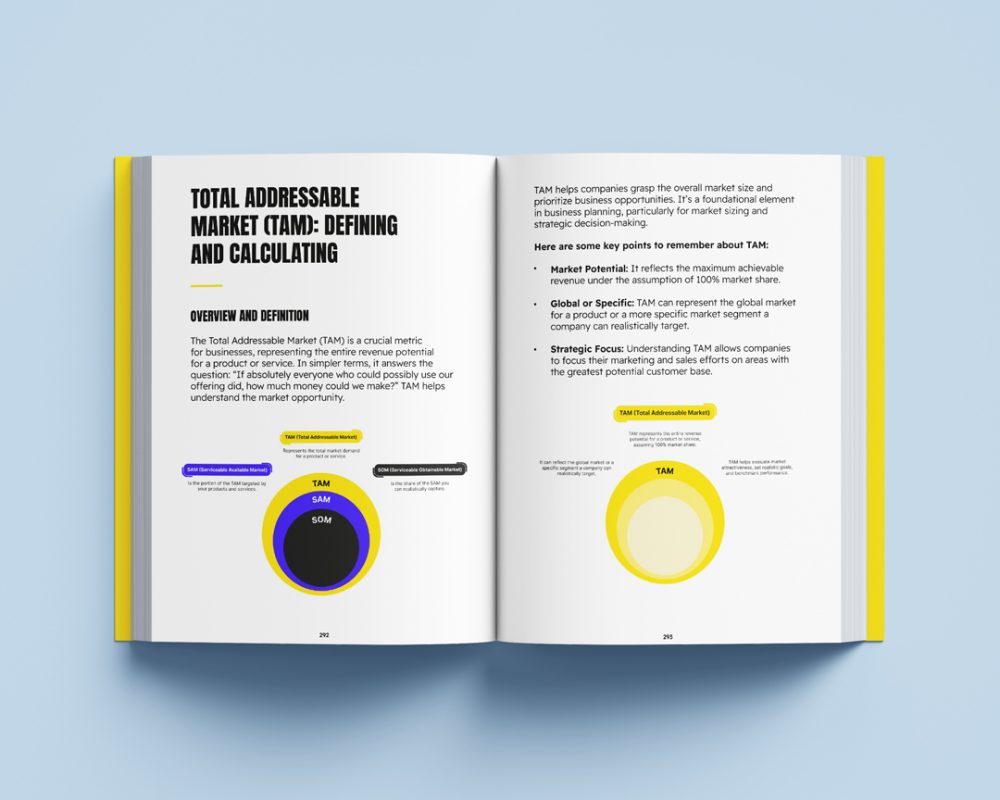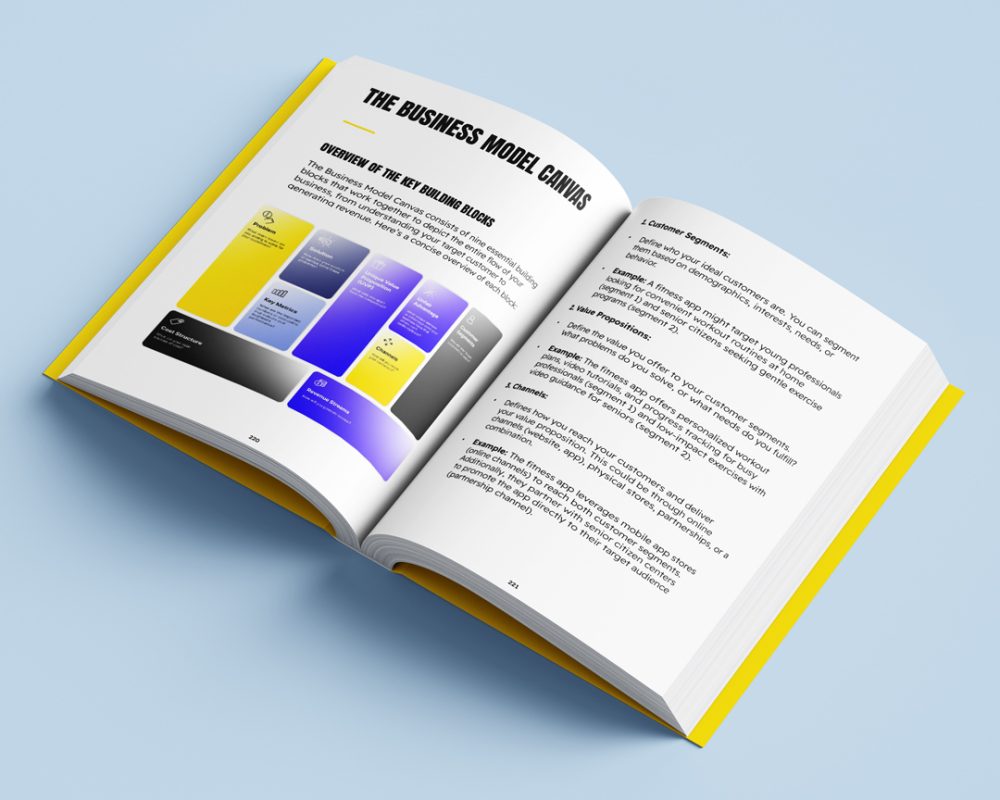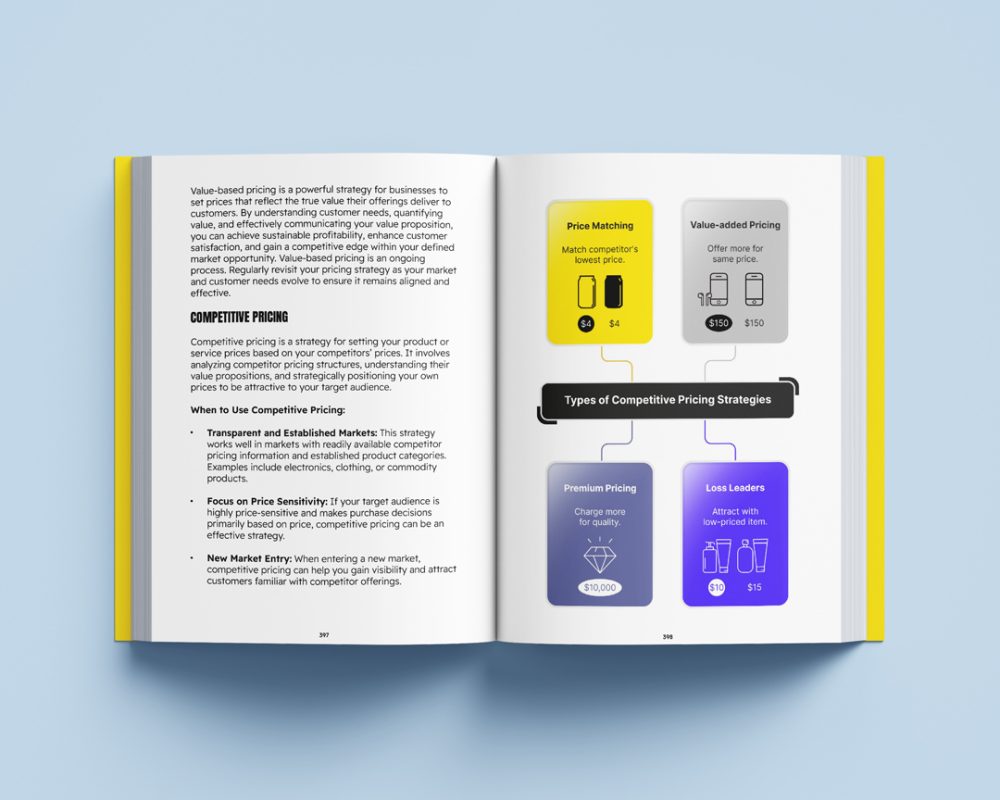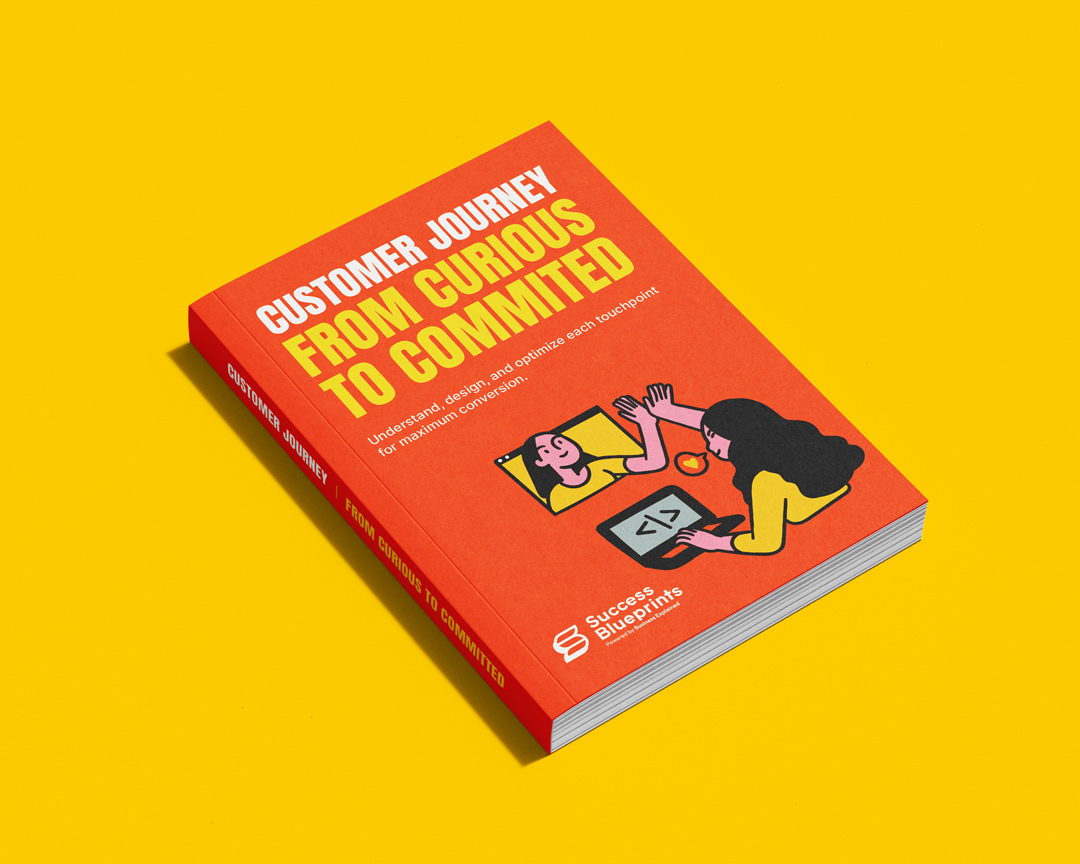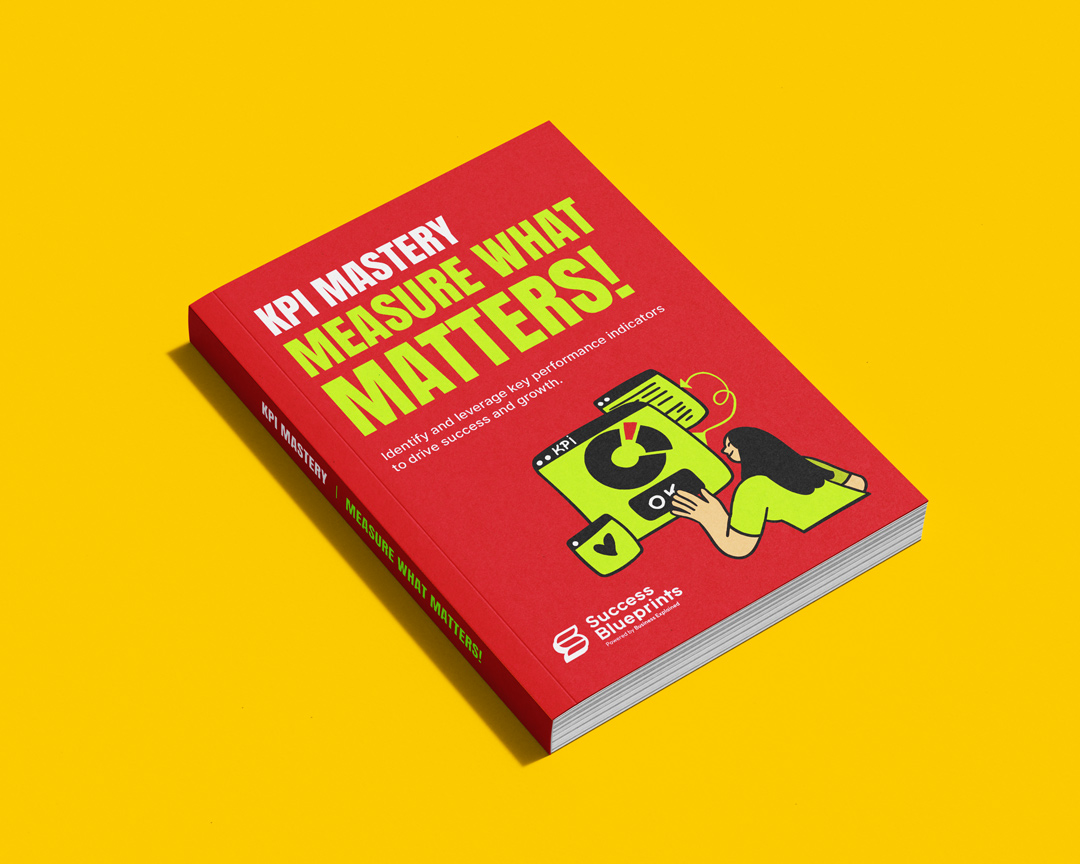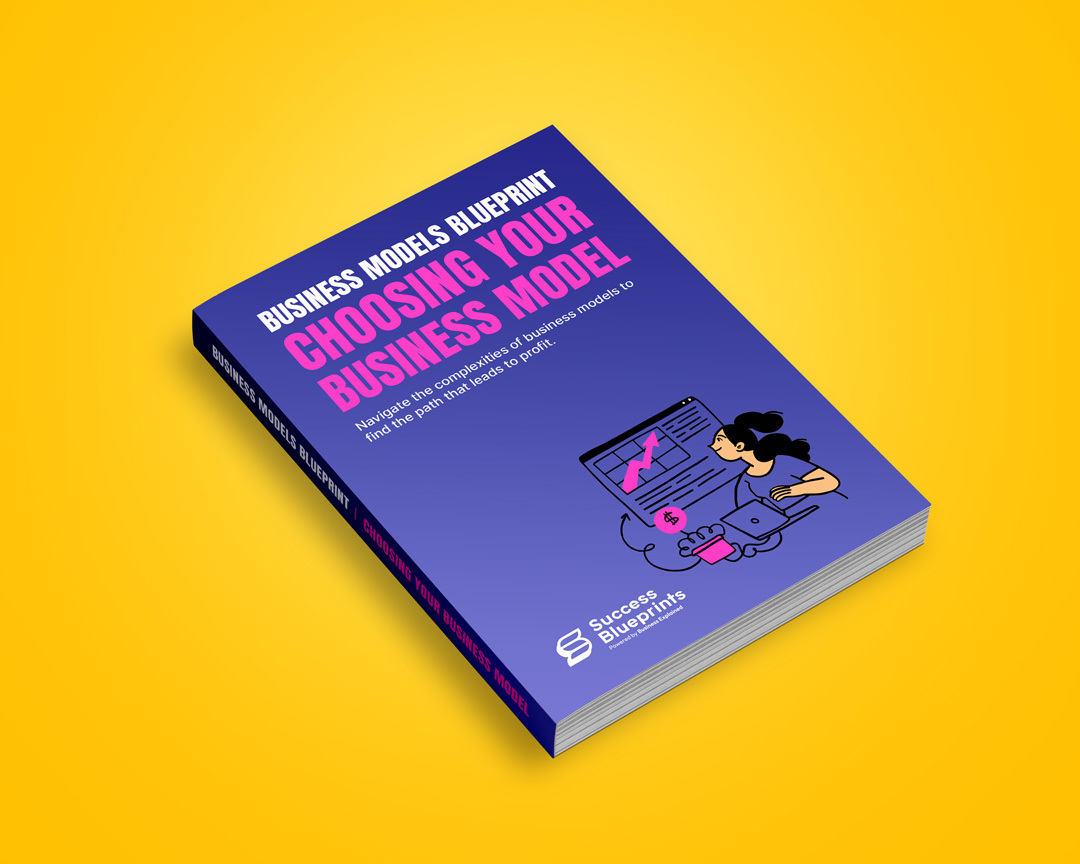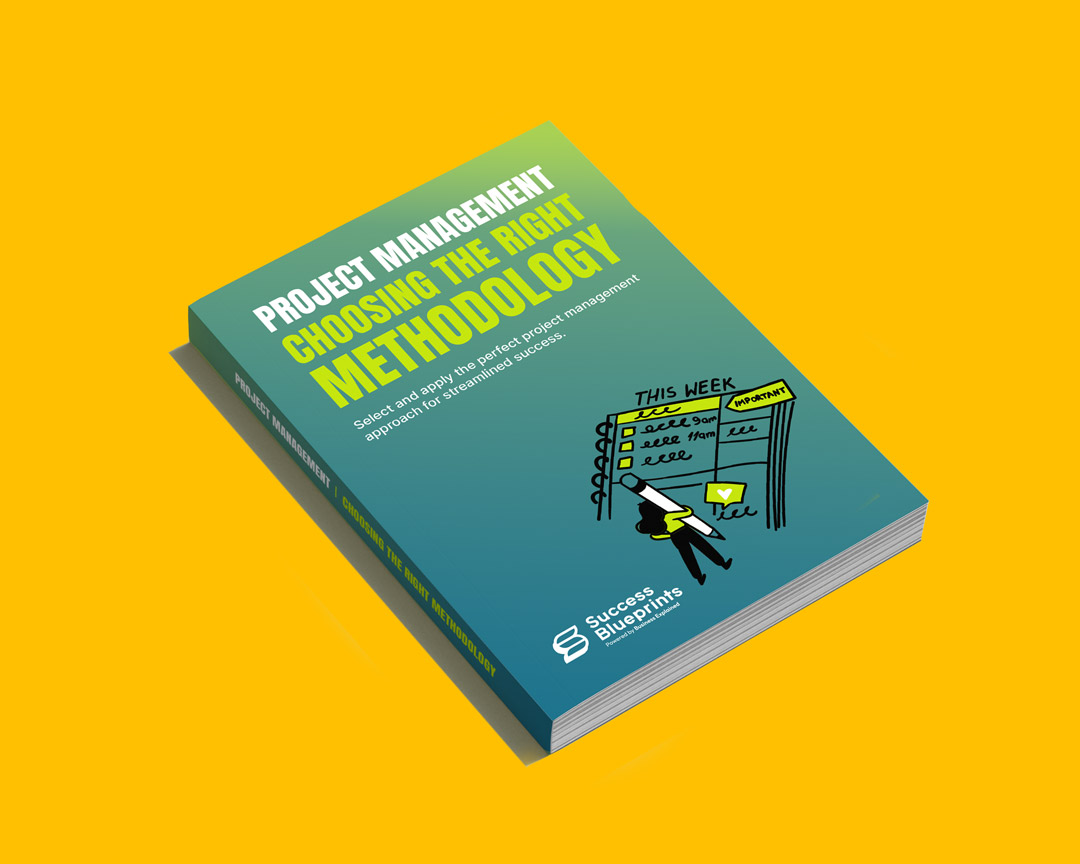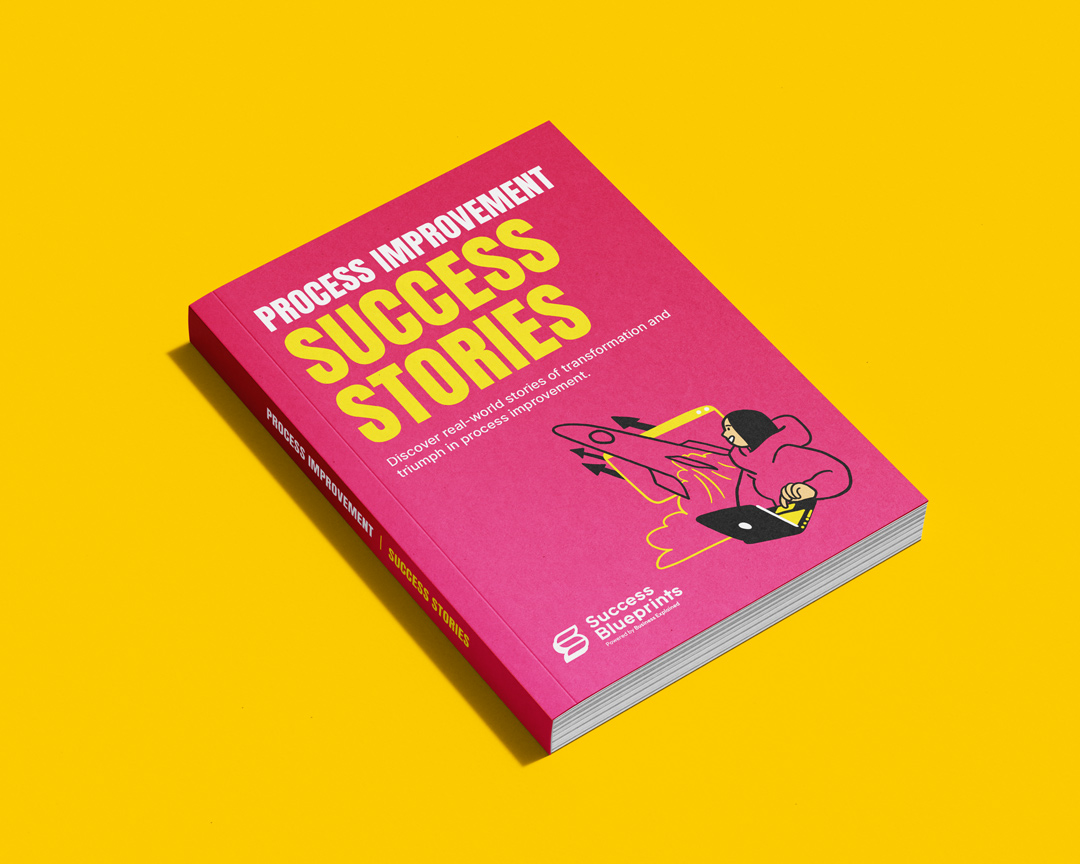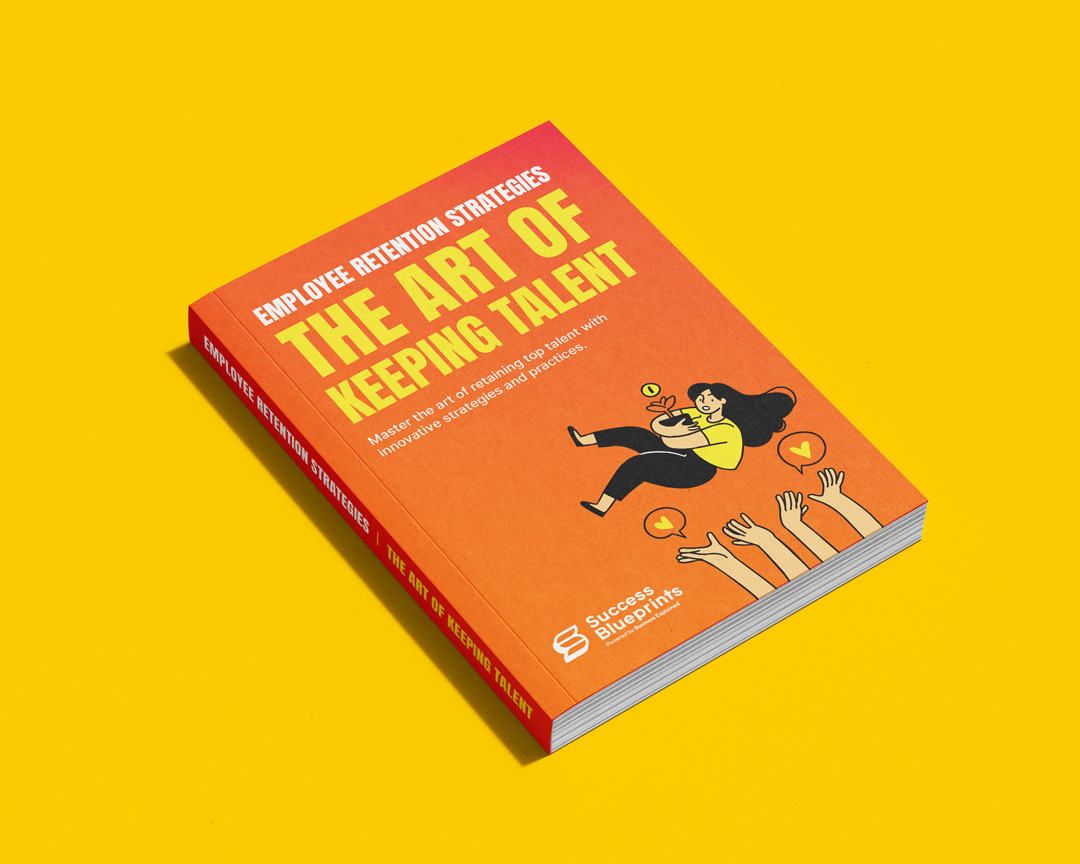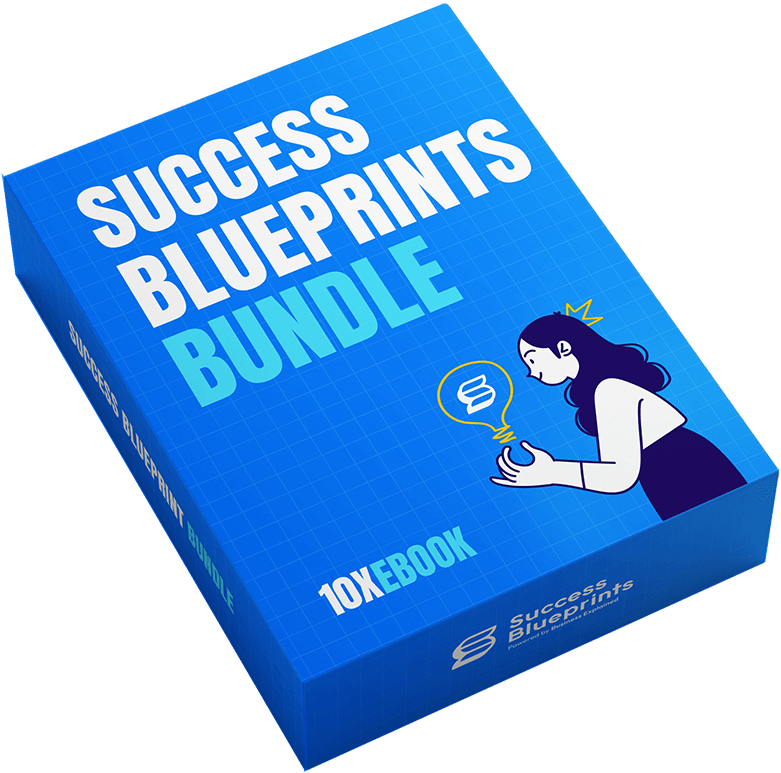Market Research Explained
$99 Original price was: $99.$49Current price is: $49.
PDF eBook
455
Pages
1-click download
- Optimize pricing and market entry strategies
- Learn from seven detailed buyer personas
- 60+ illustrations with real-world examples
About Market Research Explained
Unlock the power of market research and take your business to the next level with Market Research Explained – designed for professionals, entrepreneurs, and business students alike.
Explore the differences between consumer and business market research, delve into qualitative vs. quantitative research methods, and learn how to analyze and visualize data effectively. Gain insights into creating buyer personas and utilizing analytical frameworks such as SWOT, PESTLE, and Porter’s Five Forces.
With detailed explanations and real-world examples, Market Research EXPLAINED is your go-to resource for navigating the complexities of market research and achieving business success.
‘...frontrunner in delivering top-tier digital business resources...’
‘...has been making waves with its flagship product...’
‘...consistent emphasis on simplifying complex business topics...’
‘...shaping the future of digital business learning...’
‘...valuable resource in the ever-evolving world of business education...’
Table of contents 
- Introduction to Market Research
- Definition and Importance of Market Research
- Different Types of Market Research
- Understanding Markets
- Understanding Customers
- Market Segmentation and Demographics
- Industry Valuation, Trends, and Flow
- Primary and Secondary Market Research
- Comparing Primary vs Secondary Market Research
- Advantages and Limitations
- Consumer and Business Market Research
- Difference between Consumer (B2C) and Business (B2B) Market Research
- Difference between B2C and B2B Buyer Personas
- Extending to B2B2C Market Research
- Examples of Both Types of Buyer Personas
- Qualitative vs Quantitative Research
- Definitions and Comparisons
- When to Use Qualitative or Quantitative Research
- How to Analyze Qualitative Data
- Techniques for Analyzing Textual or Visual Data
- Software Tools Commonly Used in Qualitative Analysis
- How to Analyze Quantitative Data
- Statistical Techniques and Tools for Data Analysis
- Visualizing Data for Better Insights
- Data Collection Methods
- Interviews and Depth Interviewing
- Surveys: Design and Implementation
- Experiments and Field Trials
- Observational Research
- Polls: Quick Feedback on Specific Questions
- Longitudinal Studies: Tracking Changes Over Time
- Case Studies: In-Depth Study of a Single Subject or Group
- Document and Record Review: Analyzing Existing Data Sources
- Focus Groups
- When Do You Use Focus Groups?
- Planning and Recruiting Groups
- Areas Of Special Consideration
- Moderating Focus Groups
- Analyzing Focus Group Data
- Common Challenges and Solutions
- The Buyer Persona
- What is a Buyer Persona?
- Why are Buyer Personas Important in Marketing?
- Key Characteristics of an Effective Buyer Persona
- Different Types of Buyer Personas
- Bargain Hunter
- Innovator
- Loyalist
- Eco-Conscious Shopper
- Practical Purchaser
- Quality Seeker
- Indecisive Customer
- How to Create Buyer Personas
- Buyer Persona Template
- What is a negative buyer persona?
- Analytical Frameworks
- SWOT Analysis: Strengths, Weaknesses, Opportunities, Threats
- Competitor Analysis: Identifying and Analyzing Key Competitors
- VRIO Framework: Value, Rarity, Imitability, Organization
- PESTLE Analysis: Political, Economic, Social, Technological, Environmental, Legal
- Porter’s Five Forces Analysis
- BCG Matrix: Portfolio Management
- Ansoff Matrix: Market Development Strategy
- Balanced Scorecard: Performance Measurement
- Value Chain Analysis: Inbound Logistics, Operations, Outbound Logistics, Marketing and Sales, Service
- Blue Ocean Strategy: Creating New Market Space
- SEO Research
- What is keyword research?
- Why is keyword research important?
- Tools that you should test
- Google Analytics
- SEMrush
- Ahrefs
- Google Keyword Planner
- Advanced Keyword Research Techniques
- Long-Tail Keywords
- Competitor Keyword Analysis
- The Business Model Canvas
- Overview of the Key Building Blocks
- Detailed Exploration of Each Component:
- Customer Segments
- Value Proposition
- Channels
- Customer Relationships
- Revenue Streams
- Key Resources
- Key Activities
- Key Partnerships
- Cost Structure
- Product Development and Innovation
- What is a Minimum Viable Product (MVP)?
- Defining Your MVP
- Low-Fidelity MVPs
- Concept MVPs: Explaining the Product Idea without a Functional Model
- Mock-up MVPs: Visual or Diagrammatic Representations of the Product
- Explainer Video MVPs: Using Video to Gauge Interest and Explain the Product
- Landing Page MVPs: Testing Market Interest through Pre-Launch Sign-ups
- High-Fidelity MVPs
- Single-Feature MVPs: Focusing on One Core Functionality
- Prototype MVPs: A Working Model with Limited Features for Early Feedback
- Piecemeal MVPs: Combining Existing Tools and Services to Create a Functional Product
- Wizard of Oz MVPs: Creating the Illusion of a Functional Product Behind the Scenes
- Examples of Successful MVPs
- Scaling from MVP to Full Product
- Using Market Research Strategically
- Optimizing Pricing Strategies through Market Research
- Using Market Research to Enter New Markets
- Leveraging Market Research for New Product/Service Launch
- Enhancing Customer Satisfaction through Market Research
- Total Addressable Market (TAM): Defining and Calculating
- Overview and Definition
- Methods for Calculating TAM
- Top-Down
- Bottom-Up
- Value Theory
- Referring to External Research
- Serviceable Available Market (SAM): Identification and Strategies
- Overview and Definition
- Methods for Calculating SAM
- Market Segmentation Analysis
- Geographic and Demographic Analysis
- Customer Needs and Usage Patterns
- Strategies for Targeting SAM
- Product Differentiation Strategy
- Market Segmentation Strategy
- Competitive Analysis and Positioning
- Serviceable Obtainable Market (SOM): Estimation and Utilization
- Overview and Definition
- Methods for Estimating SOM
- Conversion Rate Analysis
- Sales and Distribution Capacity Analysis
- Competitor Market Share Analysis
- Strategies for Capturing SOM
- Strategic Partnerships and Alliances
- Sales Channel Development
- Customer Retention Programs
- Demand Forecasting: Predicting Market Demand
- Expert Opinion and Delphi Method
- Time Series Analysis (Trend Analysis, Seasonal Analysis)
- ARIMA Models (AutoRegressive Integrated Moving Average)
- Econometric Modeling (incorporating external variables)
- Bass Diffusion Model (for products with no historical data)
- Value Chain Analysis
- Key Components of the Value Chain
- Conducting a Value Chain Analysis
- Identifying Value Creation
- Optimizing the Value Chain
- Integrating Value Chain Analysis with Strategic Planning
- Pricing Models & Strategies
- Why it’s crucial to get the price right
- Understanding price sensitivity through conjoint analysis
- What is a Pricing Matrix?
- Value-Based Pricing
- Competitive Pricing
- Penetration Pricing
- Dynamic Pricing
- Geographic Pricing
- Cost-Plus Pricing
- Bundle Pricing
- How to the right pricing model for your business?
- Market Research Key Performance Indicators (KPIs)
- Leading vs. lagging indicators in market research
- Response Rates
- Survey Completion Rates
- Net Promoter Score (NPS)
- Margin of Error
- Sample Homogeneity
- Time to Insight
- Cost Per Insight
- Return on Research Investment (RORI)
- Setting Smart KPIs
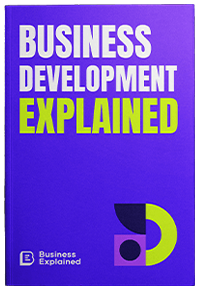
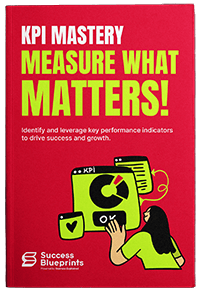
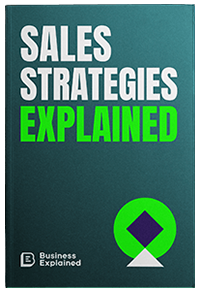

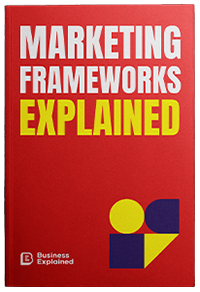
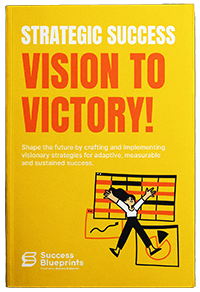
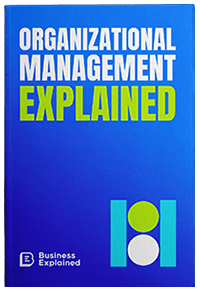
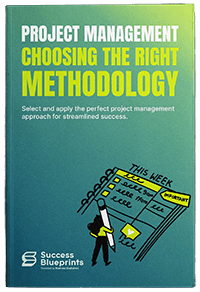
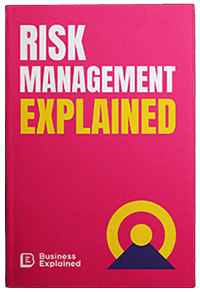
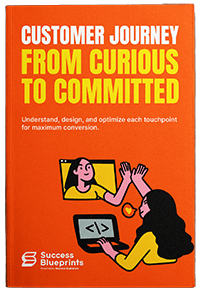
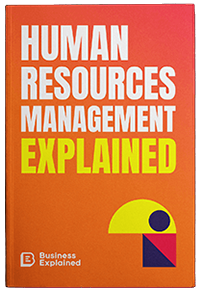












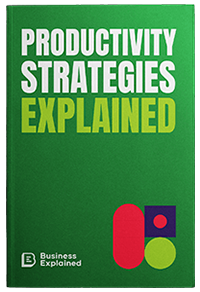

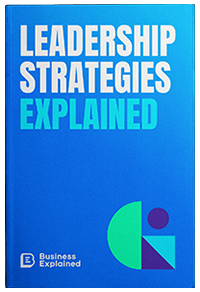
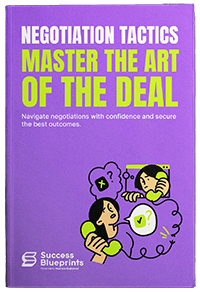
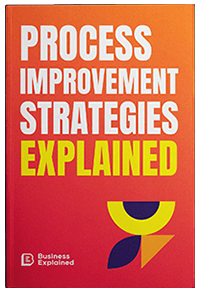
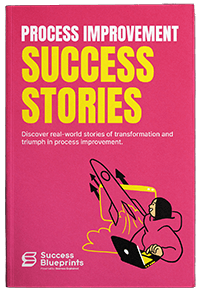
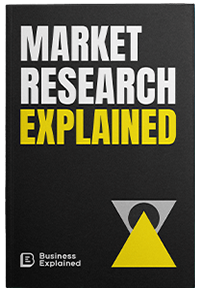
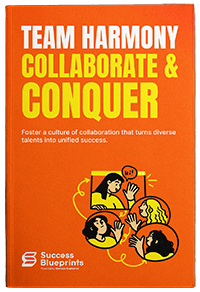
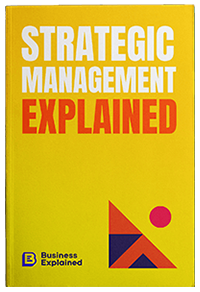
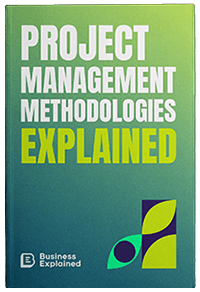











55 Products Included
All Products Special
Order our bestselling business bundle now and save a whopping $3,544 compared to buying each product separately.
![]() Risk-free Purchase: Full refund within 14 days
Risk-free Purchase: Full refund within 14 days
Safe Checkout Powered by
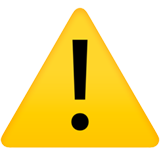
This is a limited-time offer!

Testimonials 
98.8%
Exeptional feedback from our readers 
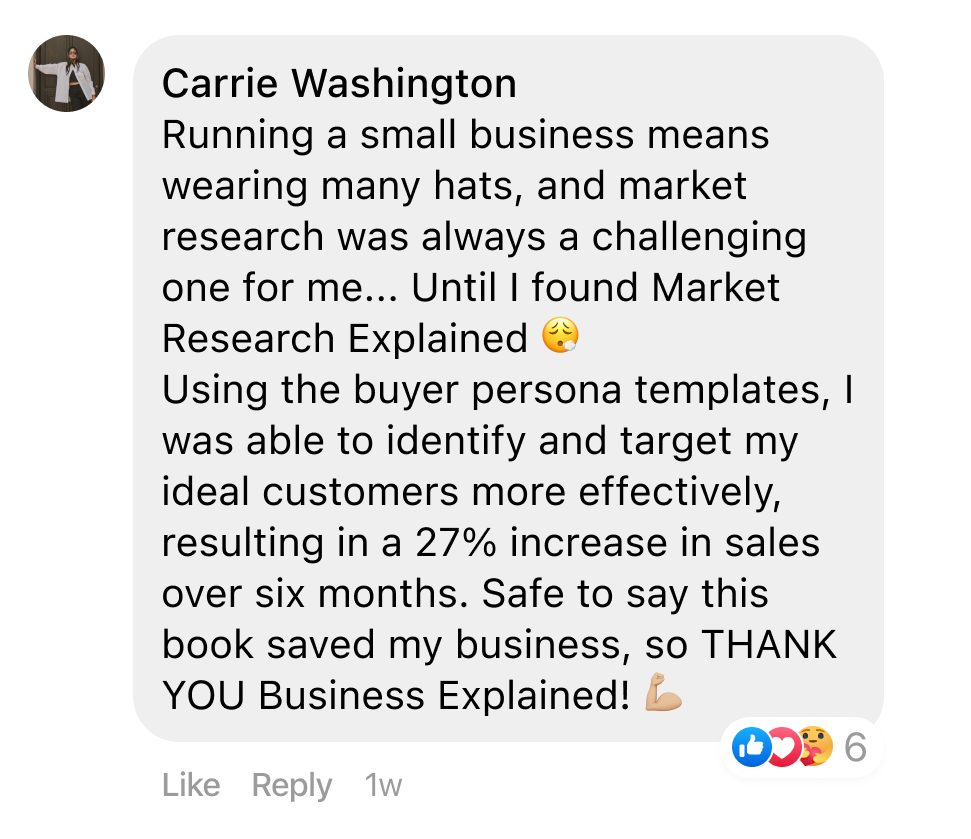



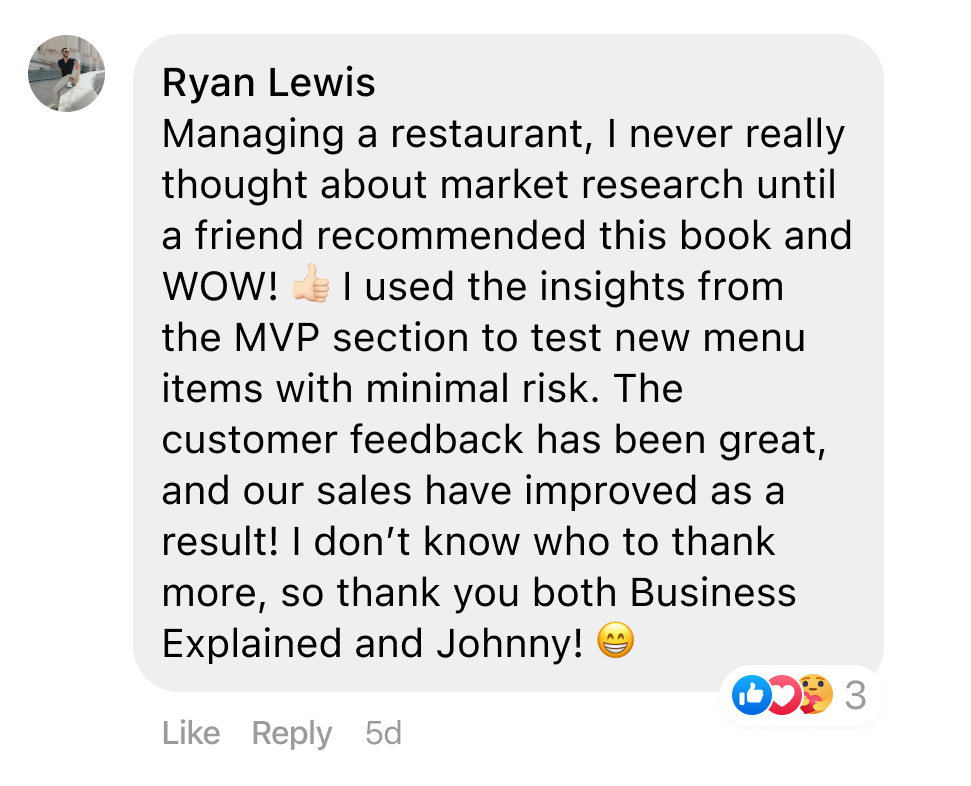
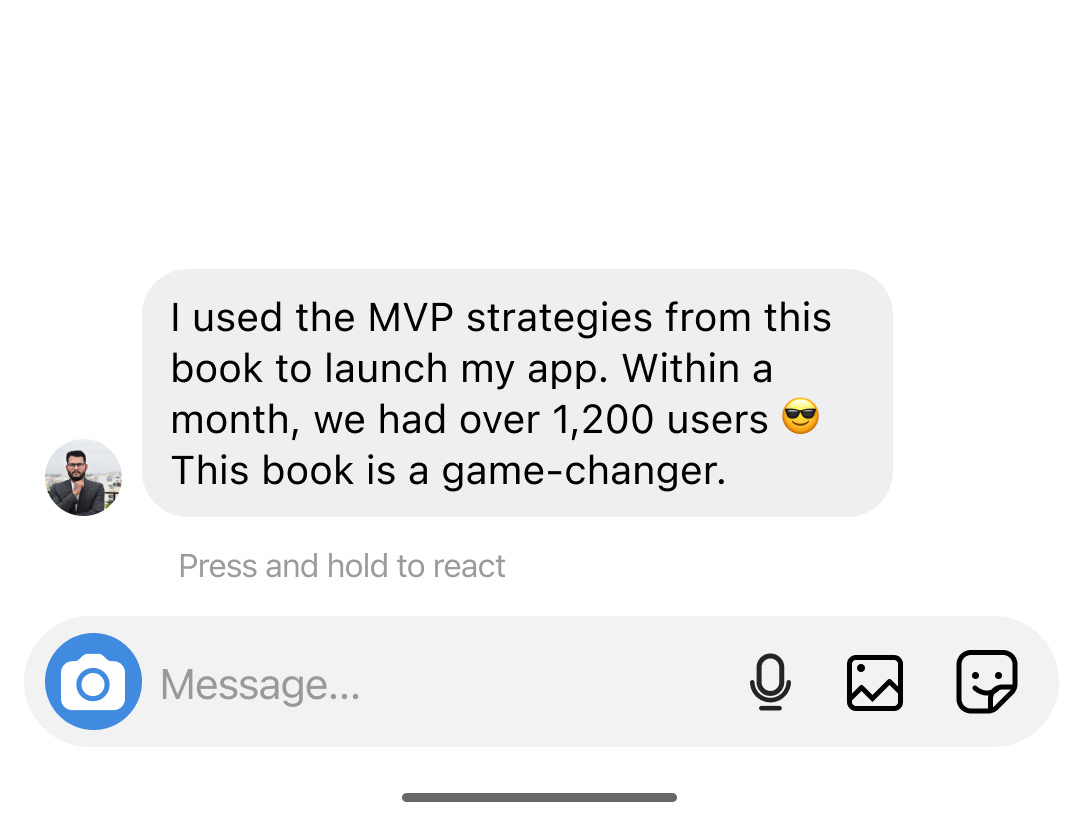
Special Offer 

ultimate offer
All Products Special
$189 $249
You get 44 Business eBooks, 3 Ultimate Checklists, 1 Ultimate Cheat Sheet, 29 game-changing tools and 78 Printable Sheets.
 Risk-free Purchase: Full refund within 14 days
Risk-free Purchase: Full refund within 14 days
 Paddle Safe Checkout
Paddle Safe Checkout
Bundle: Success Blueprints
$129 $549
You get all 10 of our high-quality eBooks!
 Risk-free Purchase: Full refund within 14 days
Risk-free Purchase: Full refund within 14 days
 Paddle Safe Checkout
Paddle Safe Checkout





